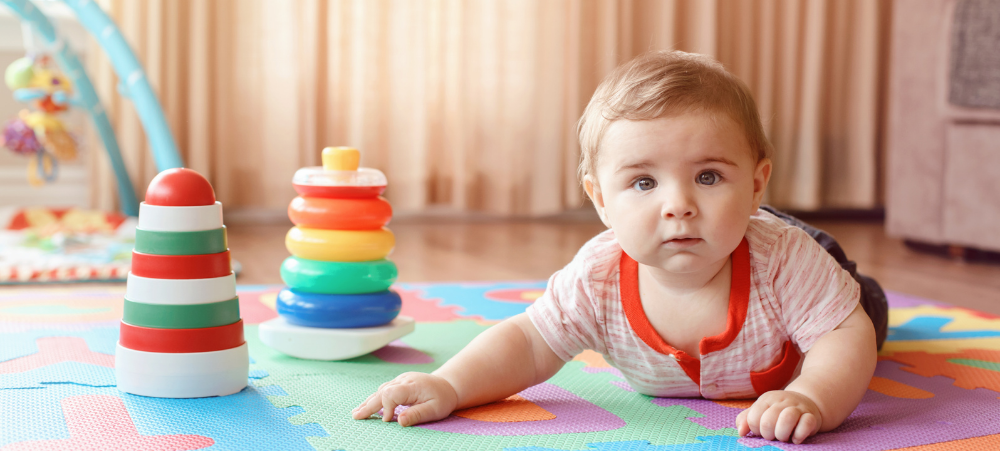
Note Taking – What is the best note taking ideas for primary school kids?
Note-taking is an essential skill that helps students organize and retain information. For primary school kids, developing effective note-taking strategies can lay a strong foundation for their academic success. Here are some of the best note-taking ideas for primary school kids. Firstly, visual aids can greatly enhance note-taking. Encouraging children to use drawings, diagrams, and charts to represent information can help them better understand and remember concepts. This technique also appeals to their creativity and makes learning more enjoyable. Secondly, teaching kids how to use keywords is crucial. By underlining or highlighting important words or phrases in their notes, they can easily identify key points when reviewing later on. Additionally, using different colors for different subjects or topics can aid in organization and retrieval of information. Furthermore, mind maps are an excellent tool for young learners. By creating a central idea and branching out with related subtopics, children can visually connect ideas and see the relationships between them. This method promotes critical thinking skills while making note-taking more interactive. Lastly, encouraging active listening during class is vital for effective note-taking. Kids should be taught to listen attentively and jot down important details rather than trying to write everything verbatim. This way, they focus on understanding concepts rather than simply transcribing information. In conclusion, developing good note-taking habits at a young age sets primary school kids up for academic success in the future. Visual aids, keywords, mind maps, and active listening are all effective strategies that help children organize information effectively while fostering critical thinking skills. By implementing these techniques early on in their education journey, we empower our young learners with valuable tools that will serve them well throughout their academic careers. Note taking in general… Note taking is a fundamental skill that has been practiced for centuries. From ancient scholars to modern students, the act of jotting down important information during lectures or while reading has proven to be invaluable in retaining knowledge. The art of note taking involves actively engaging with the material, filtering out key points, and organizing them in a concise and understandable manner. One of the main benefits of note taking is its ability to enhance comprehension and retention. By writing down information, we are forced to process it in our own words, which aids in understanding complex concepts. Additionally, notes serve as a reference point for future review, allowing us to revisit important details without having to go through lengthy texts or lectures again. Note taking promotes active learning by keeping our minds focused and attentive during class or study sessions. It encourages us to listen actively and think critically about the material being presented. Moreover, notes can be customized according to individual learning styles, making them an effective tool for personalizing the learning experience. In addition to aiding comprehension and active learning, note taking also fosters organization skills. By categorizing information into headings or subheadings, we create a structured framework that facilitates easy retrieval when needed. This organizational aspect not only helps with studying but also improves overall productivity by providing a clear roadmap for revisiting topics efficiently. Note taking is an essential practice that enhances comprehension, promotes active learning, and fosters organization skills. Whether it is capturing ideas from a lecture or summarizing key points from a book chapter, this age-old technique continues to be an indispensable tool in acquiring knowledge effectively.


































